Winter Adventures in Arizona’s Sonoran Desert
Arizona’s natural wonders don’t stop with the Grand Canyon. Naturalist guide John Baston shares southern Arizona’s striking landscapes, rich history, and abundant desert wildlife.
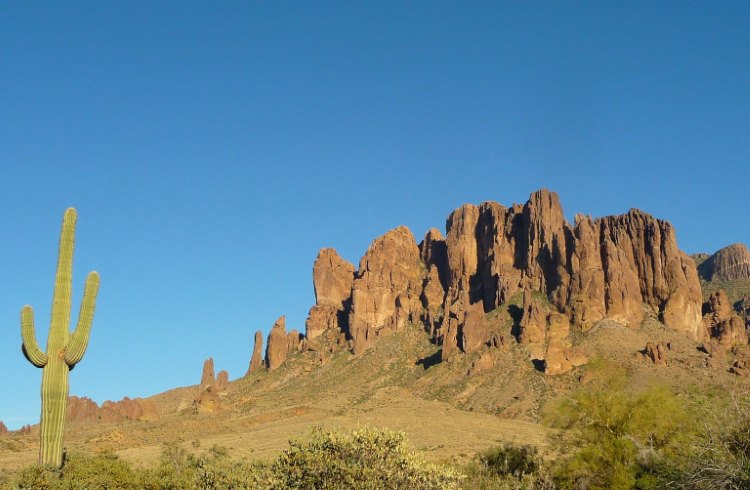 Photo © John Baston
Photo © John Baston
In the depths of winter, many of us find ourselves longing for sunshine and warmth – a place where we can ditch the parka, wear our sandals, and walk around in short sleeves. Fortunately, there’s plenty of space under the wide-open skies of southern Arizona to enjoy a winter escape.
I started to guide hiking trips in Sedona and the Grand Canyon 20 years ago. The first thing to know is that Arizona is not all desert. It’s the sixth largest of the United States and is also home to mountains, canyons, rivers, and forests. Many areas in northern Arizona are high elevation and cold and snowy in the winter, while the southern third of the state is mostly low altitude, hot, and dry.
At first, I always arrived in Phoenix and left it for the more iconic destinations in the north. But over the years, my intrigue grew with the mountains and canyons around Phoenix and Tucson. I specifically started to come just for the desert and now I enjoy guiding trips in winter and early spring in, what we generally refer to as, the Sonoran Desert.
- Native American culture and desert adventures near Phoenix
- The scenic route between Phoenix and Tucson
- Saguaros, waterfalls, and wildlife near Tucson
- Trip notes
Native American culture and desert adventures near Phoenix
When I lead tours here, I make sure to bring guests who are interested in Native American culture to the Heard Museum. Founded in the late 1920s, and originally based on one couple’s personal collection, this splendid museum has grown up with the city and evolved in its perspectives and presentation of Arizona’s first peoples. As a guide who is always trying to provide deeper meaning and context, a visit here is great preparation for visiting other Native American sites around the region.
For great natural experiences not far from Phoenix, I go to the many trailheads of the gorgeous McDowell Mountain Regional Park, about 37mi (60km) northeast of town. Here opportunities abound to see unique desert wildlife such as Harris’s hawks, Gilded flickers, Gila woodpeckers (living in saguaro cactus!), and Regal-horned and Zebra-tailed lizards. Some people come here just to take pictures of the gnarly, weathered granite boulders, reminiscent of Joshua Tree National Park in California. Another spot just 7mi (11km) south of downtown Phoenix is South Mountain Park and Preserve which has about 50mi (80km) of hiking trails. Here, you can hike or drive to Dobbins Lookout (2,330ft/710m) for great views of the Phoenix area.
As a hiker, I’m generally more comfortable moving through the desert on my own two feet. But a local friend suggested I try mountain biking on the groomed desert single-track trails at Brown’s Ranch, north east of Phoenix. As I whizzed through the gravel and past the cactus in the sunshine I felt as though I’d discovered a brand-new sport. I’m certain to come back for more. You can pick up a detailed trail map of the many beginner and intermediate paths at the trailhead. If you call the local REI store, you can even have some mountain bikes delivered to the trailhead to rent for the day.
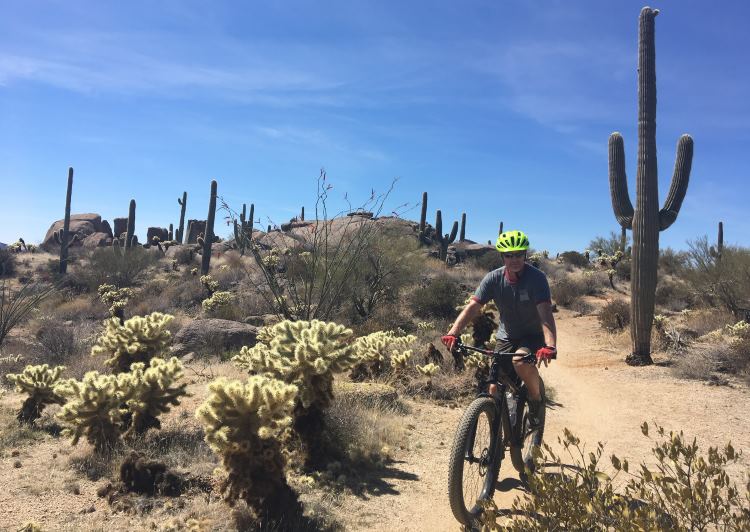
For campers, Lost Dutchman State Park, east of Phoenix, is my favorite campsite in the area. It’s open year-round and has great scenery, hiking trails, and showers. Hike right to the base of the Superstition Mountains for an amazing sunset.
The scenic route between Phoenix and Tucson
If you’re driving to Tucson, skip the Interstate and take the quieter, more scenic Pinal Pioneer Parkway (State Rt. 79). You can find many wonders along the way. Hikers won’t want to miss the southern access to the Superstition Wilderness at the Peralta Trailhead. I like to park here and walk up Peralta Canyon 1,500ft (457m) to the saddle (about 2.5mi/4km one-way). The first time I was here, I was taken by the geology of the canyon, but did not expect to come upon one of the finest views in the entire desert. Bring a lunch, find a seat on the rocks, and appreciate the extinct volcanic plug known as Weaver’s Needle.
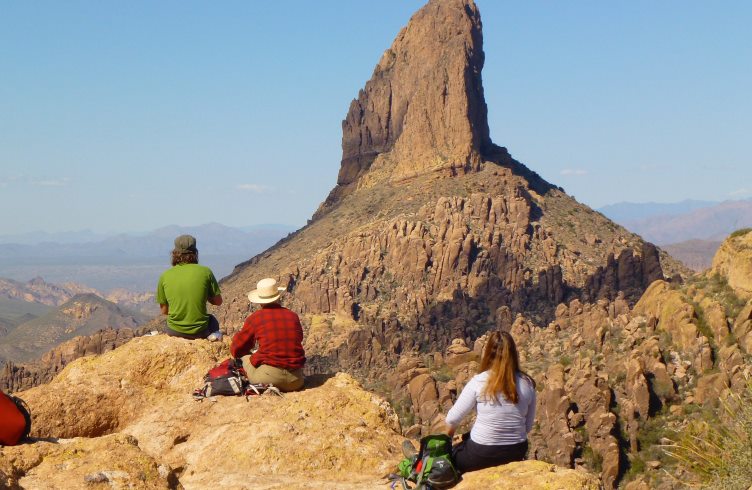
Along the Pinal Parkway you’ll also find Casa Grande Ruins National Monument, home to the single largest remaining freestanding building of historical North American civilizations, and also the ancient story of the “Valley of the Sun”, which we now generally refer to as “Greater Phoenix”. Imagine no concrete, cars, and strip malls but instead, a huge, sun-drenched valley fed by three rivers (Gila, Verde, and Salt) and irrigated by a massive canal system, which supported more than 100,000 people. What is now the Phoenix area was once the homeland of the Hohokam people – the ruins and displays at Casa Grande NM are a great way to reconnect this landscape to this ancient civilization.
Saguaros, waterfalls, and wildlife near Tucson
Tucson lies about two hours southeast of Phoenix and is known for being artsy and intellectual. To a Californian, I would say that Los Angeles is to San Francisco what Phoenix is to Tucson – they’d get it. Tucson is also higher in elevation, and so just in the strike zone of the saguaro cactus. They are everywhere there – the densest stands are protected in Saguaro National Park.
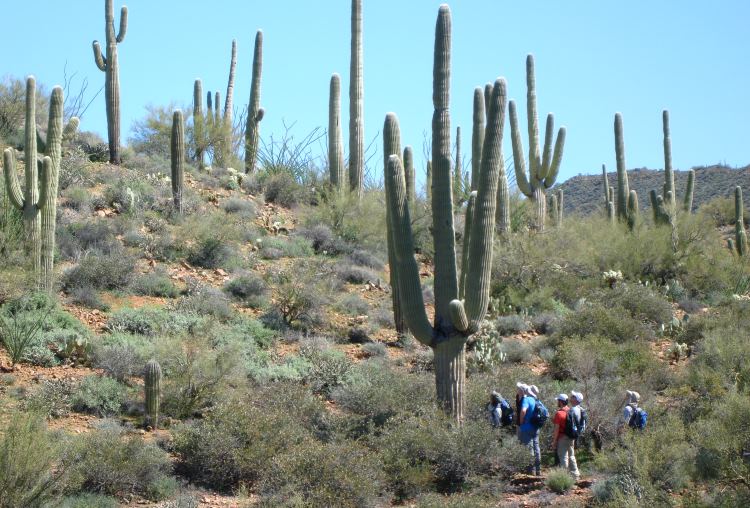
Just before you arrive in Tucson on the Pinal Parkway, you’ll come to the edge of the Pusch Ridge Wilderness. I bring my tour groups here for a stroll at sunset to see the spectacular light on the western-facing slope of the mountains. You can hike into this rugged stretch of mountains from Catalina State Park and find frogs in the famous vernal pools.
The Catalina Mountains climb thousands of feet behind the town of Tucson and provide a wide range of recreational opportunities. Arrive early at the popular Sabino Canyon trailhead and take the tram up into the mountains to do some easy walking to observe the scenery or get dropped at the much less visited Bear Canyon trailhead and hike (5mi/8km round trip) to Seven Falls. It still amazes me to see waterfalls in the desert next to cactus! These trails are great for early spring (mid-February) wildflowers.
It’s also possible to drive to the top of the Catalina Mountains. As a seasoned observer of nature, I enjoy this little voyage which starts in the desert studded with saguaro cactus, moves through a number of ecosystems on the way to the coniferous forest and tops out at a ski area. Stop at Windy Point (elevation 7,000ft/2,134m) for pictures or to watch the sunset.
Tucson is also home to the Arizona-Sonora Desert Museum. This lovely outdoor museum perched at the edge of Saguaro National Monument has exhibits of live animals from the Sonoran Desert including mammals, birds, reptiles, and insects from both the Mexican and American sides of the desert (most of the Sonoran desert lies in Mexico). You won’t want to miss the morning raptor free flight – this well-orchestrated “show” only happens once a day and allows visitors a close-up experience of birds of prey flying and perching. And the gardens and botanical displays are worth the price of admission alone.
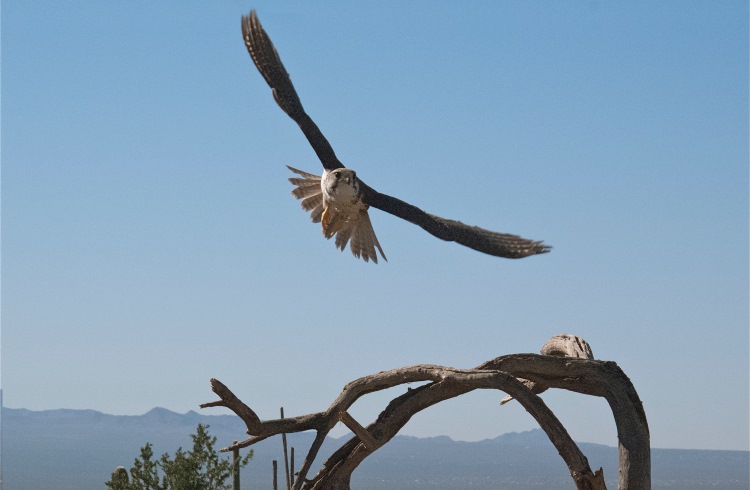
Trip notes
Tuscon and Phoenix both have international airports. Winter and early spring are the best times to visit this beautiful landscape (summers can be stiflingly hot). But be careful – the snowbird inside you will have you longing to return.
Related articles
Simple and flexible travel insurance
You can buy at home or while traveling, and claim online from anywhere in the world. With 150+ adventure activities covered and 24/7 emergency assistance.
Get a quote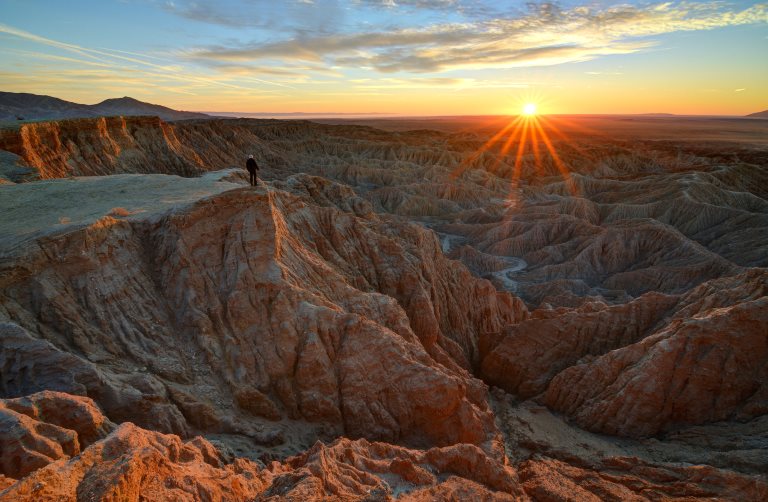
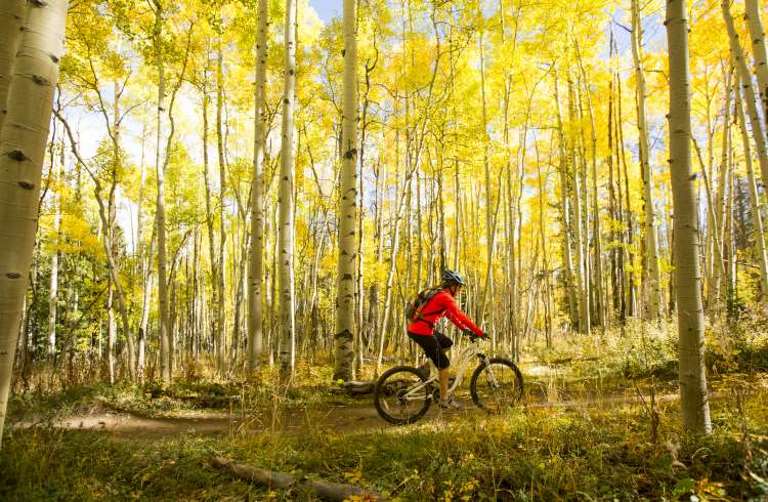
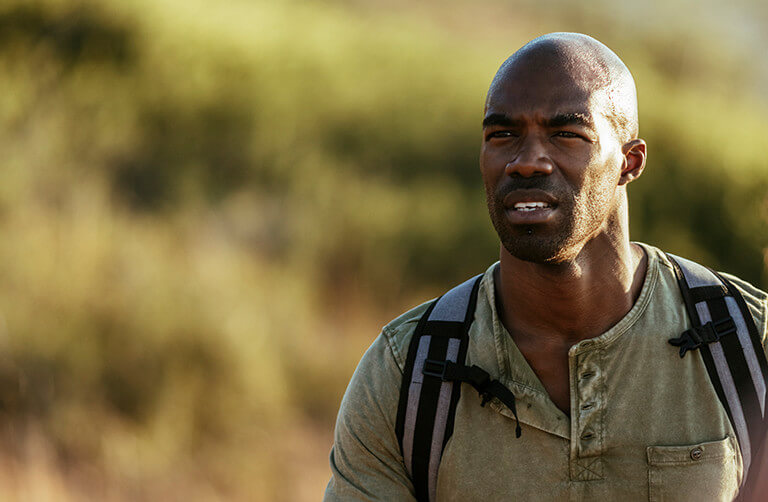
No Comments